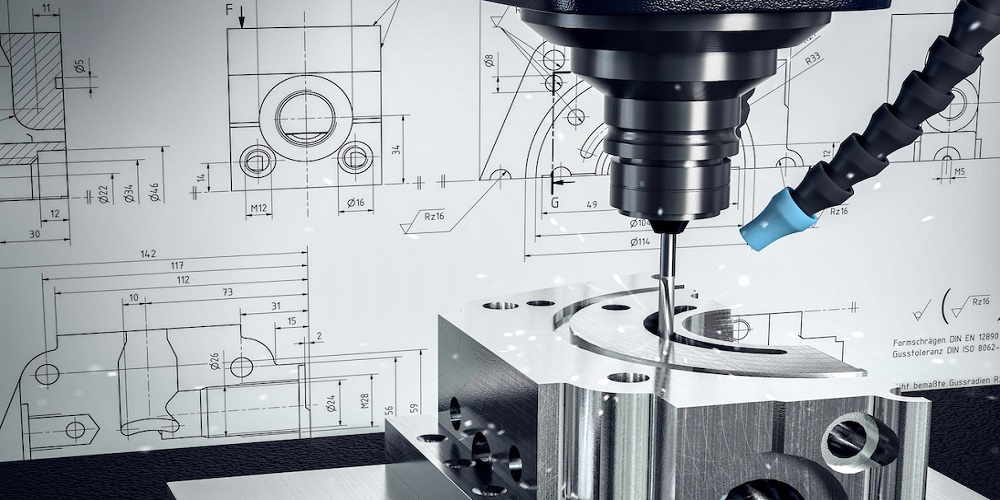Tolerance of CNC machining is quite essential in determining the practical function of the custom parts and prototypes. It is an estimated range within which dimensions of various parts can deviate from expected values. The engineers determine the dimensions of the machine parts according to the shape, size, and function of that part. Although CNC machining is accurate, the same machine can’t construct two custom parts of totally equal dimensions and axes.
Standard tolerance for CNC machining is:
- +/- 0.005 for metal parts
- +/- 0.010 for plastic parts
You can increase this tolerance for CNC machining by marking the exact dimensions on the drawings of prototypes. The tolerance knowledge of CNC machining is important to understand its mechanics.
CNC machine tolerance and design tolerance:
CNC machine tolerance is the dimensional precision a CNC machine can achieve while constructing the parts. Some machine tools can manufacture the components with a high dimensional accuracy of about +/- 0.0025mm. But, the machine operator can change it according to the requirements.
CNC machining design tolerance is the accuracy of the dimensions attained during the drawing of the parts by the designer. Achieving high tolerance is crucial for prototypes that fit with other components. Mobile phone cases demand high tolerance and dimensional accuracy compared to AC cases.
Types of CNC machining tolerance:
There are various types of CNC machining tolerance. They include:
- Bilateral tolerances
- Limit tolerances
- Unilateral tolerances
- Geometric dimensions and tolerance system
How to set a reasonable tolerance for CNC machining?
The level of tolerance required to construct a particular part is determined by the function of that part. Specific components of ventilators require tight tolerance for proper functioning. On the other hand, some machine parts do not require high tolerance and work optimally at low accuracy.
When to choose tight tolerance:
Tight tolerance is required for the parts that must fit with other components. The precise fitting of two parts is vital for the adequate function of the machinery. The precision decreases due to machine fatigue if the same machine is constantly being used to manufacture the same parts. The operator has to change the machine tools and speed to achieve the same level of tight tolerance. Usually, the speed of the CNC machine is decreased, which increases the working time of the machines. This increased working time increases the machine’s cost which is uneconomical.
Type of the raw material:
The type of raw material is considered necessary in determining the tolerance level. Different raw materials’ physical and chemical properties can alter the desired precision level. Soft materials are easy to mould in machinery. In contrast, hard materials require the absolute power of CNC machines and cause wear and tear to the machines. Machine fatigue demands constant changing of machine tools. Plastic materials like nylon are mouldable, so it isn’t easy to achieve tight tolerance.
Choice of the CNC machines:
The custom parts and prototypes are processed through several machines. Different CNC machines have variable tolerance levels. Holes made by the vertical milling machine must also undergo the lathe machine’s processing. Grinding and lapping of the holes are also done to achieve targeted tolerance.
Inspection:
Custom parts with tight tolerance require careful inspection. Special tools and measurement equipment are needed to verify the accurate tolerance level of prototypes and custom parts.
